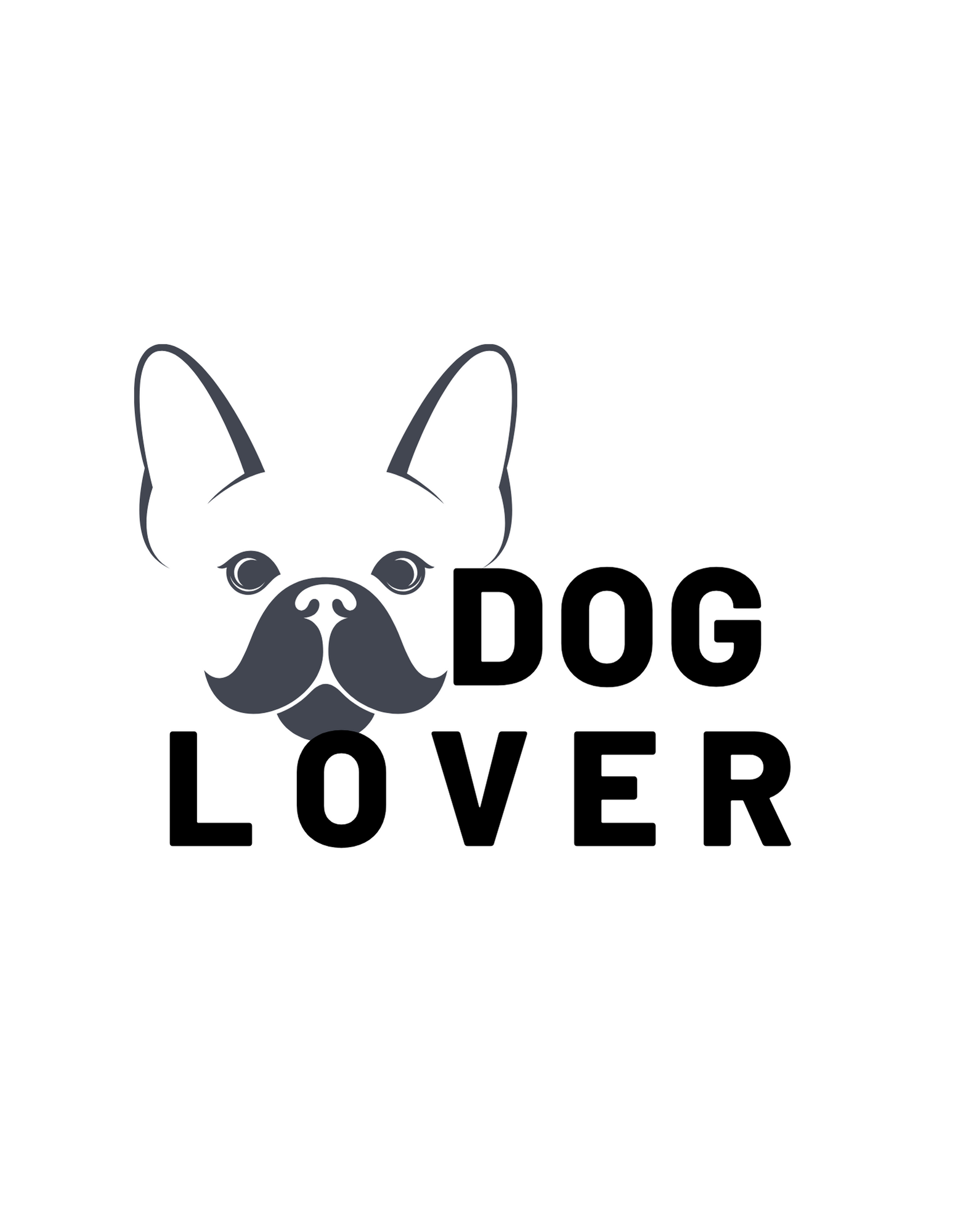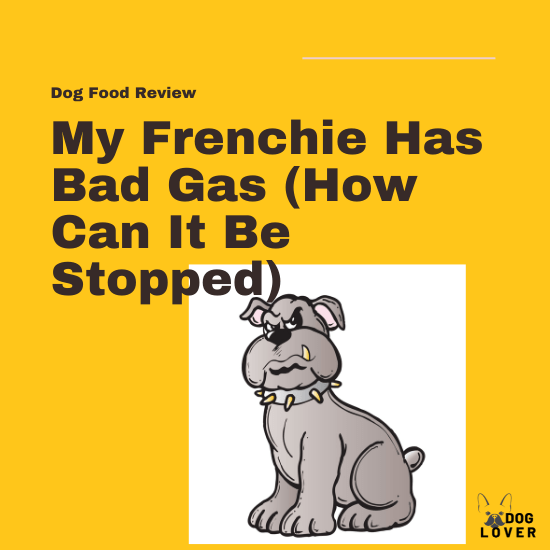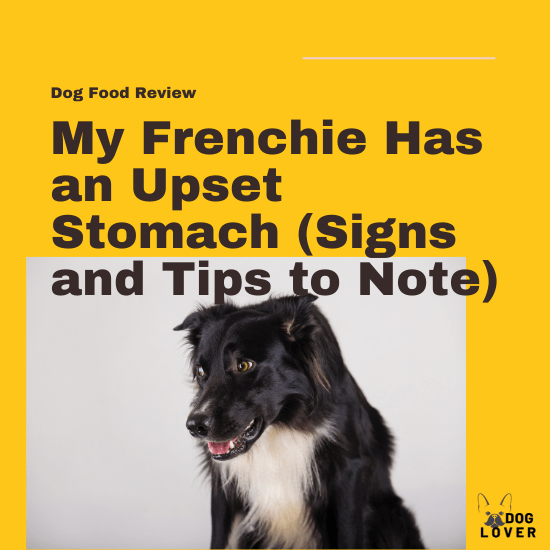Let’s talk about something that might sound a bit counterintuitive: fasting in dogs.
Before you imagine your furry friend going hungry, let me break down what dog fasting really means and why it might actually be beneficial for your dog.
What Exactly is Dog Fasting?
Dog fasting isn’t about starving your pet. Instead, it’s a controlled approach to giving your dog’s digestive system a temporary break. Think of it like a reset button for their metabolism and gut health.
Why Would a Dog Need to Fast?
There are several compelling reasons why a carefully managed fast might be good for your pup:
- Digestive Healing: Just like humans, dogs can benefit from giving their digestive system a rest. If your dog has been experiencing mild stomach issues like occasional diarrhea or vomiting, a short fast can help their system recover.
- Metabolic Boost: Interestingly, occasional fasting can help regulate your dog’s metabolism. Wild dogs don’t eat three square meals a day, and domesticated dogs can actually benefit from a similar approach.
- Weight Management: For dogs struggling with obesity, controlled fasting can be a strategic tool to help manage their weight and improve overall health.
Safety First: When to Fast and When to Avoid
Best Candidates for Fasting:
- Healthy adult dogs
- Dogs without chronic health conditions
- Dogs needing a metabolic reset
Dogs Who Should NOT Fast:
- Puppies
- Senior dogs
- Pregnant or nursing dogs
- Dogs with diabetes
- Underweight or chronically ill dogs
How to Fast Your Dog Safely
Short-Term Fasting
- Typically 12-24 hours
- Provide plenty of fresh water
- Monitor your dog’s behavior and energy levels
Intermittent Fasting Options
- Skip one meal occasionally
- Consult with your veterinarian first
- Use bone broth as a nutrient-rich alternative during short fasts
Pro Tips for a Successful Fast
- Always consult your veterinarian before starting any fasting regimen
- Start with shorter fasts and observe your dog’s response
- Break the fast with bland, easily digestible foods
- Transition slowly back to regular meals
Reintroducing Food: The Gentle Approach
When ending a fast, think gentle and slow:
- Start with small portions of boiled chicken and rice
- Gradually reintroduce regular food over 24-48 hours
- Watch for any signs of digestive discomfort
Final Thoughts
Fasting isn’t a one-size-fits-all solution. Every dog is unique, and what works for one might not work for another. Always prioritize your dog’s individual health needs and work closely with your veterinarian.
Disclaimer: This guide is informational. Always consult a professional veterinarian before making significant changes to your dog’s diet or health routine.


